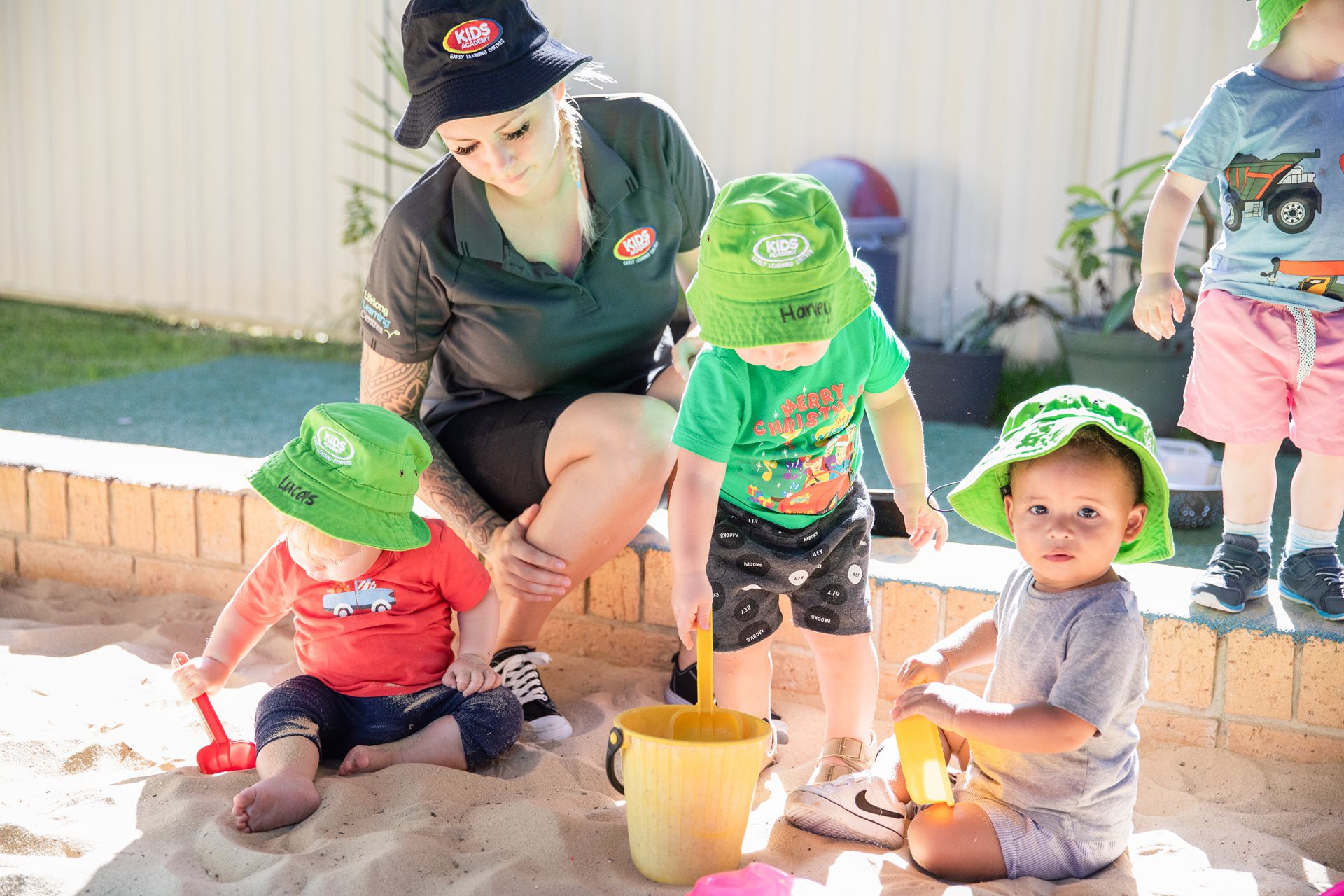
In the realm of childhood, messiness is often synonymous with fun, laughter, and learning. Engaging in messy play allows children to explore the world around them in a hands-on and immersive way. From squishing mud between their fingers to creating intricate sandcastles, the benefits of messy play extend far beyond the visible chaos. Let’s delve into what children learn from these wonderfully messy experiences.
1. Sensory Exploration
Messy play is a sensory-rich experience that stimulates multiple senses simultaneously. Whether it’s the texture of finger paint, the squishiness of playdough, or the sound of splashing water, children engage their senses in a way that fosters sensory exploration and awareness. This helps them understand different textures, temperatures, and consistencies, laying a strong foundation for cognitive development.
2. Creativity and Imagination
When given the freedom to experiment with various materials without the pressure of creating something perfect, children unleash their creativity and imagination. A blob of clay can transform into a majestic castle, and a puddle of water can become a miniature ocean teeming with life. Messy play encourages children to think outside the box, problem-solve, and invent new possibilities, fuelling their artistic and imaginative abilities.
3. Fine and Gross Motor Skills
Manipulating messy materials such as pouring, squeezing, pinching, and moulding strengthens children’s fine motor skills. These small muscle movements are crucial for tasks like writing, buttoning clothes, and using utensils. Additionally, activities like stomping in puddles, digging in sand, and running fingers through sensory bins enhance gross motor skills, promoting balance, coordination, and physical confidence.
4. Scientific Inquiry
Messy play is an informal introduction to science for young children. They observe cause-and-effect relationships as they mix colours, watch substances change states (such as ice melting into water), and explore concepts like buoyancy and gravity through water play. These playful experiments lay the groundwork for later scientific learning by fostering curiosity and a natural inclination to question and investigate the world.
5. Emotional Regulation and Expression
Messy play provides a safe outlet for children to express and regulate their emotions. Whether they’re excitedly splashing in a mud puddle or calmly moulding clay, these activities help children process their feelings, reduce stress, and develop emotional resilience. Messy play also promotes social interaction and collaboration, teaching children important skills like sharing, taking turns, and negotiating.
6. Risk-Taking and Confidence Building
Navigating messy play involves a degree of risk-taking, whether it’s trying a new texture or experimenting with mixing colours. Encouraging children to embrace these challenges in a supportive environment builds their confidence and resilience. They learn that mistakes are part of learning and that creativity often thrives in moments of uncertainty.
7. Environmental Awareness
Engaging with natural materials like sand, water, and mud fosters a sense of connection and respect for the environment. Children learn about the properties of natural elements, the importance of conservation, and the beauty of the world around them. Messy play encourages environmental stewardship by nurturing a love for nature from a young age.
Embracing the Mess for Growth and Learning
While messy sensory play may seem chaotic at first glance, it’s a purposeful and valuable part of childhood development. By embracing the mess, children embark on a journey of discovery, creativity, and skill-building.
Kids Academy and all Affinity Education Group run child care centres in Australia support this learning by providing opportunities for messy play as part of the Lifelong Learning Curriculum.